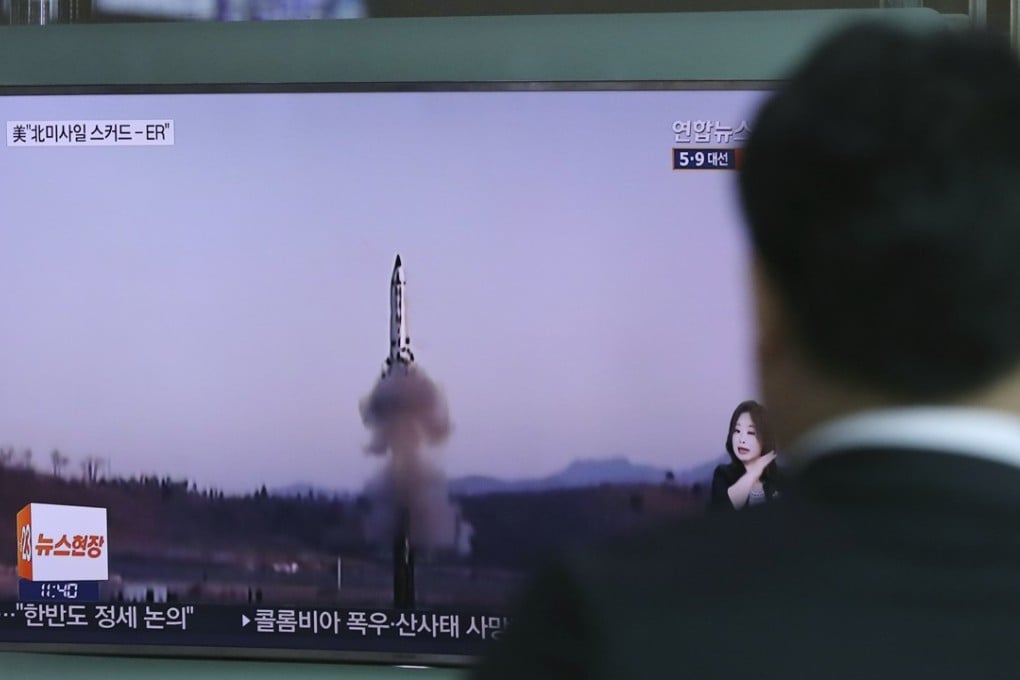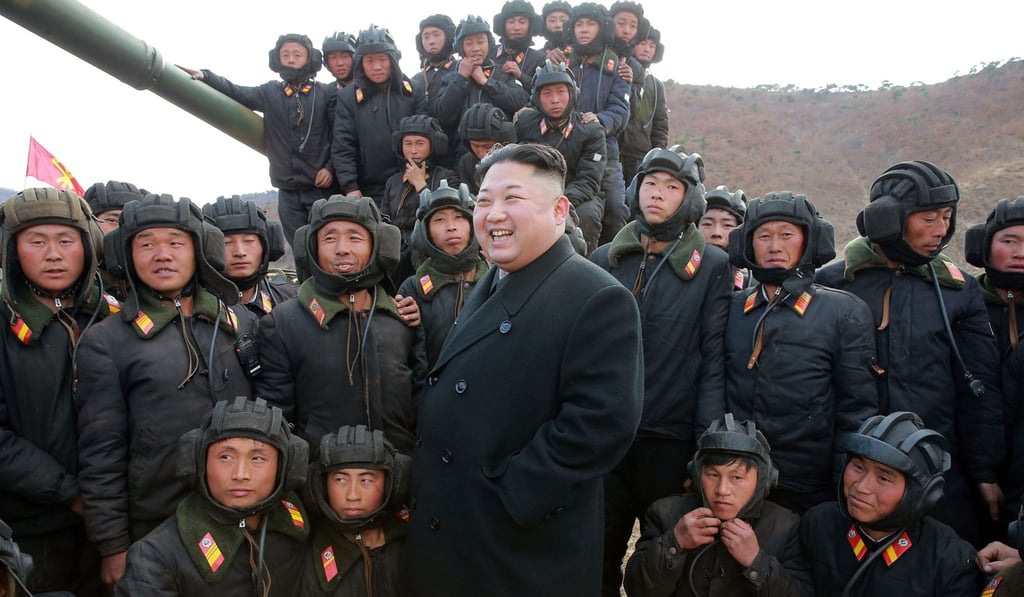With sanctions failing, US must learn to live North Korean nuclear threat
It appears stable deterrence is the path that all players in the crisis on the peninsula will accept, writes Ankit Panda

North Korea’s successful test of an intercontinental-range ballistic missile should not be a surprise. In January, the North Koreans observed that they were in the final stages of attaining this important technological milestone.
Shortly thereafter, US President Donald Trump warned that North Korea’s acquisition of an ICBM “won’t happen”, prompting a senior North Korean official to hint that Pyongyang would demonstrate the capability at any time.
When North Korea showed the world the Hwasong-14 ICBM on July 4, the United States’ Independence Day, observers recoiled with shock and surprise at the prospect that the US homeland was now subject to a potential nuclear strike by a deeply anti-American rogue state. However, the development is far from unexpected.

Since 1998, when North Korea first tested its Taepodong-1 satellite launch vehicle, the country’s aspirations for long-range ballistic missiles, capable of striking outside of the Northeast Asian theatre, have been well known. This year alone, Kim Jong-un has successfully introduced an entirely new suite of short, medium, intermediate and now intercontinental ballistic missiles.